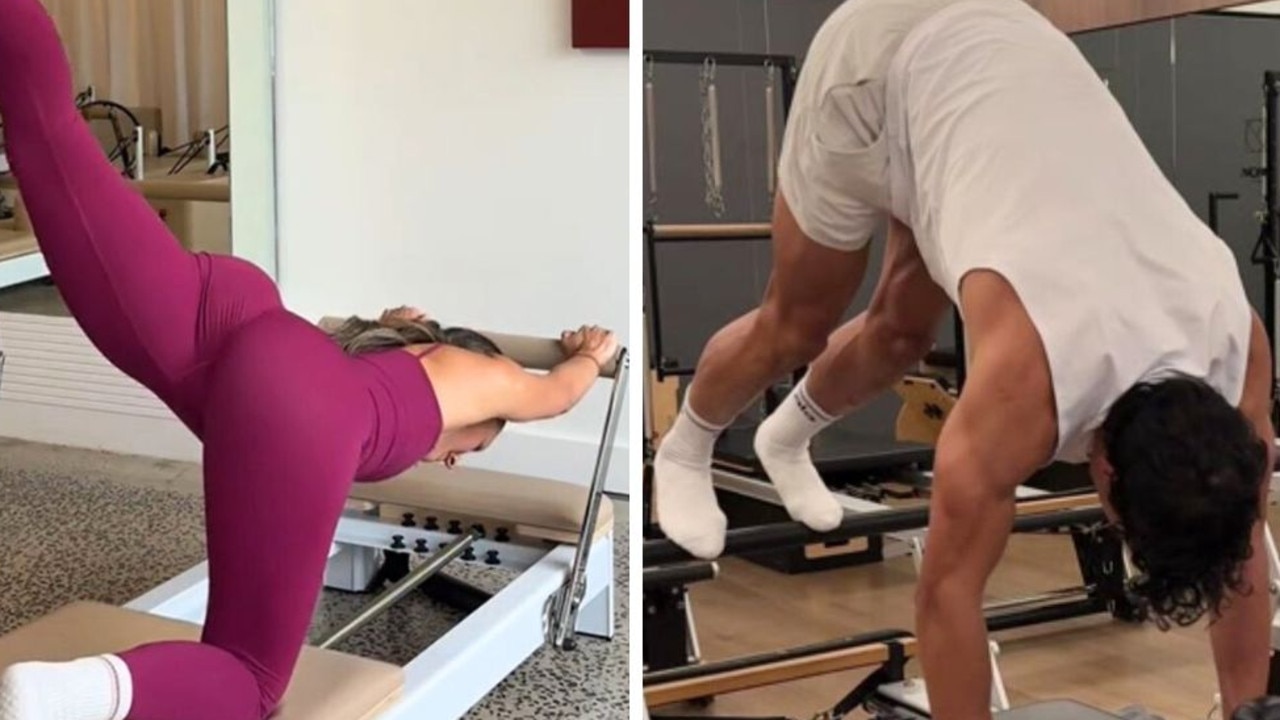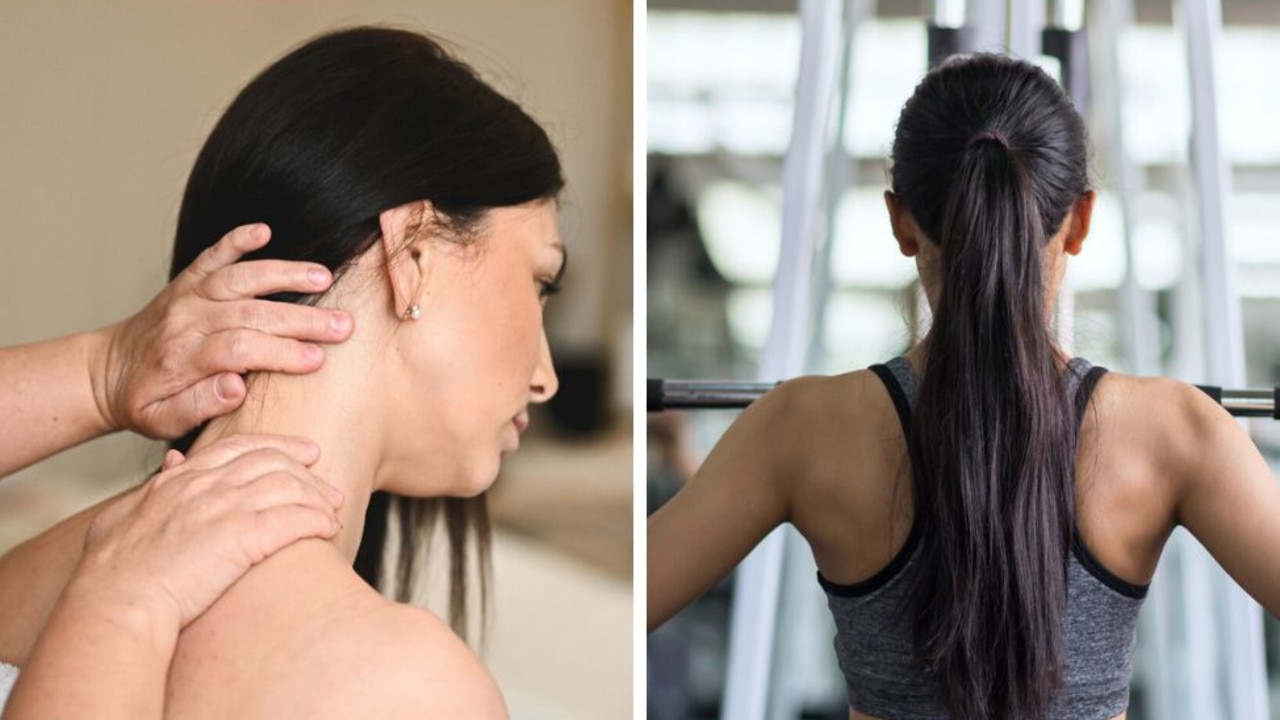Australians flock to bodybuilding competitions but experts warn it can foster ‘reverse anorexia’
BODYBUILDING competitions have exploded in popularity, but experts warn the fad is fostering body dysmorphia.
FOR more than half this year, as she has for much of the past decade, Brisbane bodybuilding competitor Tracey Guile will exist on the strictest of diets.
For 32 out of the year’s 52 weeks, protein, vegetables, “good” carbohydrates and “good” fats are the only things that will go into the 33-year-old’s body, the latter two macronutrients carefully monitored and manipulated in the interests of fat loss and muscle growth.
Everything else is strictly forbidden.
As she prepares to take the stage in two competitions, Ms Guile plans and prepares each and every one of her six meals a day. 42 meals each week.
Each is purposefully timed and every element of it is carefully weighed.
There’s all-important protein at every meal.
Fats only before lifting weights and carbohydrates only ever after, to ensure maximum uptake by glycogen depleted muscles.
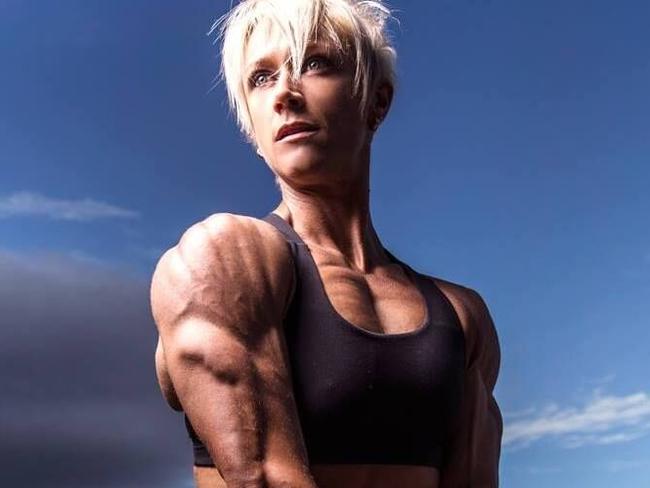
She hits the weights room six times each week, sometimes twice a day, eliciting many an awe-struck glance from the musclebound men frequenting her gym.
She power walks most mornings on an empty stomach. “Fasted cardio”, she says.
In the interests of sanity, there is one “cheat meal” permitted each week, where it’s open season on whatever fat or sugar-laden, processed treat she has been craving.
For much of this preparation time, her social life takes a battering.
“No alcohol, ever,” she said.
“Alcohol is a toxin and it is very catabolic to your muscles.”
In the world of bodybuilding competitions, everything is about all-important muscle growth.
“It does get hard the closer you get, when you get hungry and people invite you out,” Ms Guile said.
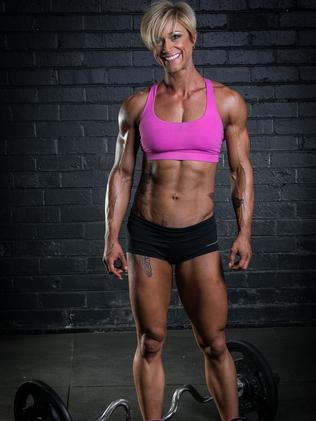
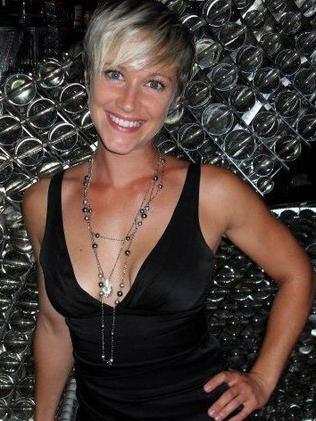
“Sometimes you do feel like you’re missing out. But I suppose you have a different way of socialising, for example, you go for walks or go to the beach, not all things have to revolve around food or alcohol
“You cultivate new friends and, yeah, you do lose people who want to go out and drink.
“It’s not just because of the competition, I don’t like to be drunk anyway, but people are very judgmental.
“I’ve ordered a green tea at a restaurant and people have said, ‘are you drinking green tea?’
“But it’s a choice.”
Ms Guile has done 18 competitions in the nine years since she first stepped on a stage at 25 and became hooked on its intoxicating high.
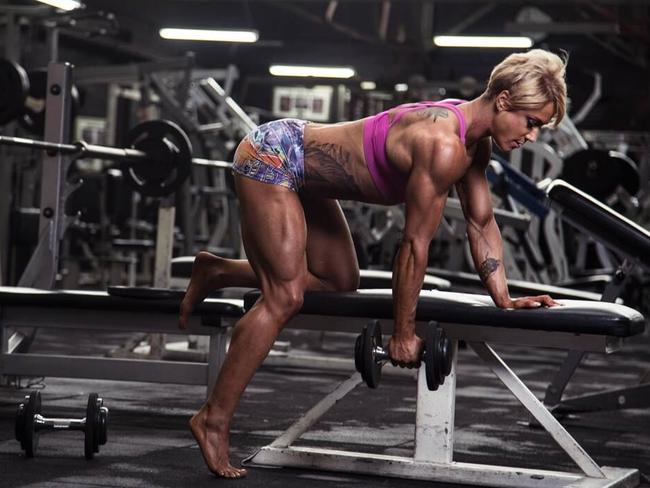
Each competition requires a 12 to 20 week preparation period, depending on how much fat was gained in the off season.
She likes to step on stage at six per cent body fat, well down on her normal 18 to 20 per cent.
For a two-year period in her recent training history, she took part in back-to-back competitions, meaning she adhered to her strict nutrition and training regimen for that entire time. 104 solid weeks.
Barring her weekly cheat meal, she never wavers from her meal plan, she says, because she only wants to step on stage knowing that, whatever the result, she has put 100 per cent into her preparation.
“There is the mental side, you go to cafe and have coffee and you see the banana bread and I love banana bread, but funnily enough it’s like a mini-victory each time you resist,” she said.
“There is something to be said when you can control yourself like that. You want the cookies but you don’t need them.”
She acknowledges it is extreme but like any athletic pursuit, those with the commitment reap the rewards.
“It is an extreme way to be but the people who are good at this sport are extreme,” Ms Guile said.
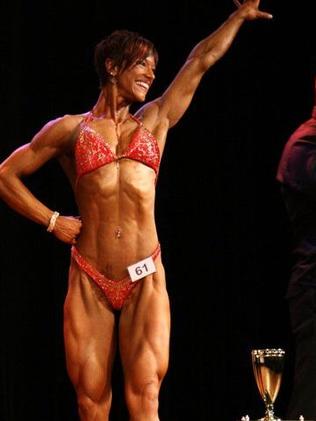
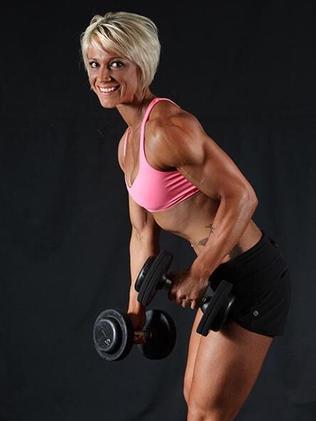
While she said after a competition is done and dusted and there is not another one in the near future, she has, “a bloody good off-season”, eating and drinking all the forbidden fruits of her preparation period with abandon.
In her many years surrounded by competition goers, however, she has noticed, many cannot do the same, once the stage lights have dimmed.
“Funnily enough, a lot of men are scared to eat afterwards but then I’ve also seen a lot of girls who used to be anorexic, who are now competing,” she said.
“It’s a way to channel that obsessive behaviour. A lot of guys in the off-season just can’t eat.”
REVERSE ANOREXIA
It is known as reverse anorexia.
Two decades after the waifish supermodels of the 1990s and the quest for so-called heroin chic fostered the ideal climate for anorexia-prone young women, a new type of disordered eating is emerging.
The explosion in popularity of bodybuilding competitions — with all its requisite obsessive behaviours — in combination with social media, has created a similar perfect storm to fuel body dysmorphic disorder among young gym goers.
But this time around, young men are falling victim as much, perhaps even more so, than young women.
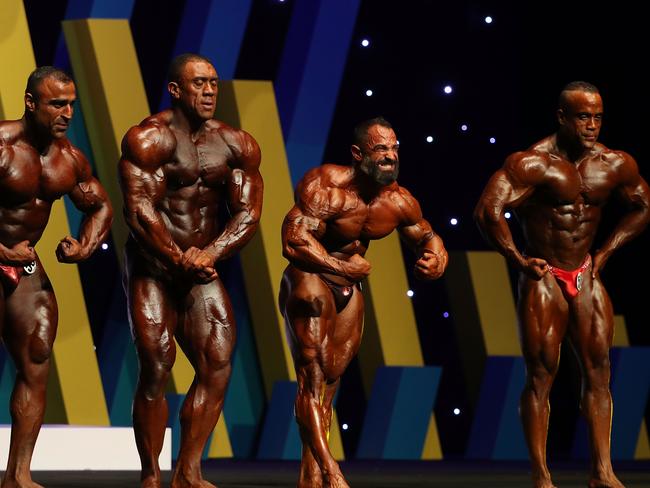
Scott Griffiths, a research fellow at the University of Melbourne’s School of Psychological Sciences, has studied the disorder in detail.
“Researchers have noticed the ultra-thin ideal has shifted towards a more toned look that reflects ‘fitspiration’,” he said.
“Eating disorders are a moving target, insofar as that look can be achieved and you can get an eating disorder doing so.
“People are no longer compulsively running, they are compulsively lifting weights.”
“Fitspiration”, the ubiquitous hashtag that has catapulted many a lithe Instagram user to minor celebrity status, is supposed to inspire a healthy life.
But for many, it has just been a new way to inflict mental torture.
Like sufferers of anorexia, a small percentage of gym enthusiasts view their own bodies through a distorted lens.
Unlike anorexia sufferers, however, they view it as too small.
“We see muscle dysmorphia as a form of reverse anorexia,” Mr Griffiths said.
“They don’t perceive their bodies as others perceive them, they are lacking insight but only when it comes to their own bodies.”
This form of body dysmorphia has also been described as “bigorexia” by eating disorder specialists.
In a world where a fit, muscle-toned body is held aloft as the societal ideal, and the strictly controlled diets of those preparing for bodybuilding competitions are lauded as the product of admirable willpower, it can be hard to spot sufferers of body dysmorphic disorder, Mr Griffiths said.

“It’s when it’s all-consuming, that’s the point where it becomes a problem,” he said.
“There is nothing inherently problematic with a guy or girl going to the gym, if you want to use protein powder, go ahead, but when you become so invested in it, it starts to impair other domains of your life, you’re losing friendships, you won’t go out and eat because you don’t know the calorie count of the food you’re eating or you have anxiety attacks if you miss a training session, these are signs and symptoms of it crossing over the line into over-investment.”
Like those with anorexia, he said, those with body dysmorphic disorder are striving towards an impossible ideal.
“There’s never a point where people are happy,” Mr Griffiths said.
“Once it becomes your entire life, it becomes a way of regulating emotions. Eventually your only friends are the people also caught up in it.
“Our goal is to try and detect and treat it before it gets to that point.”
Christine Morgan, chief executive of the eating disorder support and awareness group The Butterfly Foundation, said both afflictions are rooted in a very large part from our societal adoration of the body beautiful.
“We continue to live in a society where there is an inordinate amount of focus on the way we look, and, more than that, that focusing on the way we look connects to whether we are going to be successful in life,” she said.
Ms Morgan said that while there was plenty of imagery to foster body dysmorphia before social media, the new medium had certainly added plenty of fuel to an already blistering fire.
“The trend was happening before Instagram but the reality of Instagram and social media is not only is it speeding it up, back in the 90s you and I conversed in words.
“What is happening now is the language is being converted into pictures.
“If we are living in a society where words are connected to images, it’s doubly reinforcing the importance of what we look like.”
Both Ms Morgan and Mr Griffiths agreed that the endless commentary on so-called clean eating, paleo diets, detoxification and similar ostensibly healthy living lifestyles had created more pressure on people to look good than ever before.
“People are caught up in the myriad food rules and feel paralysed by it,” Mr Griffiths said. “People are constantly worried about gluten or preservatives or dairy or always on a detox, there are often conflicting messages, and some people can’t escape it.
“They are constantly thinking, ‘how can I eat clean and properly’, which creates a background low-level anxiety about eating.
“For some people who are susceptible, it will transition into something more problematic.
“We are placing inordinate amounts of value on people who do that well.”
So inordinate, Ms Morgan said, there are those who feel it is never going to be attainable for them.

She said those who suffer eating disorders are achingly over-represented in the national suicide statistics.
“We need to look at what can we change on a societal level, how do we pull back from this reinforcement that what we look like will impact on our success?” she said.
Mr Griffiths said a healthy lifestyle was an admirable one, but the excessive value placed on appearance as a marker of success was inordinately high.
“No-one is saying it’s not an achievement to look good,” he said.
“But it is that is this profound jewel of achievement that’s a concern.”
Seven weeks out from her latest bodybuilding competition, Tracey Guile said she too gets turned off by the “fakeness” of her chosen sport.
But she said for many, it remained the sport they loved and, like any sport, there are going to be extreme cases.
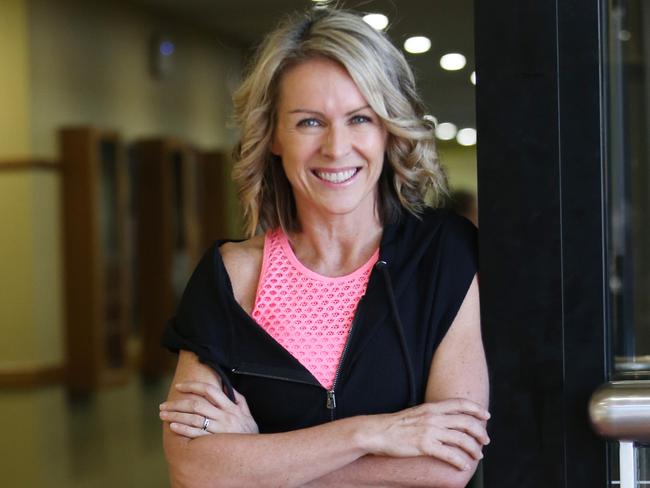
“It is so obsessed with how you look but as I’ve gone along the way, it doesn’t matter how big I am or how small I am, the people I love are still there for me no matter what and that helps me disassociate,” she said.
“It’s just a sport for me now. I don’t do it for accolades, I do it to get on stage and compete and be better than last time.”
And despite all its detractors, the sport, like so many others, can do amazing things for a person who takes it up, she said.
“It’s a lifestyle and chosen sport. You could say other people have a drinking cult and partying cult and junk food cult,” she said.
“Everyone chooses what to do and how they spend their time. I go the gym because personal training, exercise and health and fitness, is my passion.
“I had an eating disorder, my home life was horrible and I was lost and I just moved from my home country to my new country and started training at the gym.
“I found that when you feel stronger in the gym it translates to life.
“You lift a dumbbell you didn’t ever think you could, etc, and it gives you a boost inside and makes you feel stronger.”
For information and support about eating disorders and body image issues, contact The Butterfly Foundation on their National Helpline: 1800 33 4673 (1800 ED HOPE) or email support@thebutterflyfoundation.org.au



